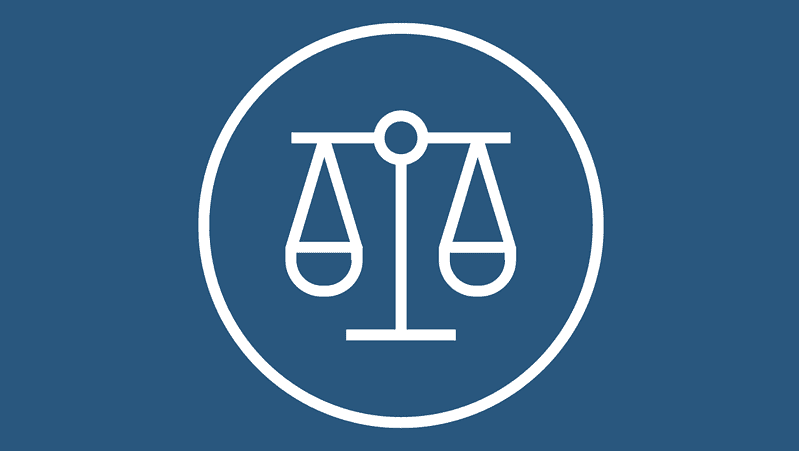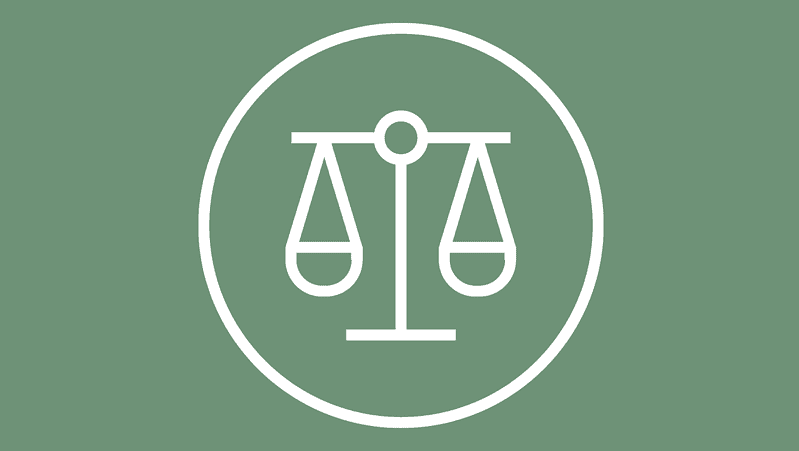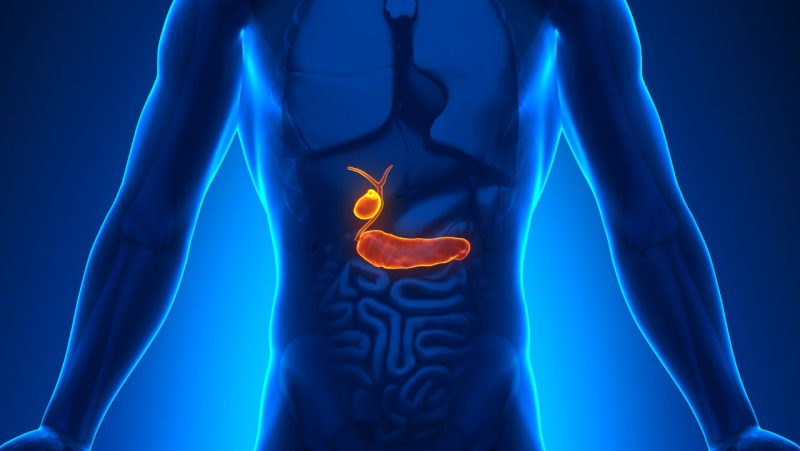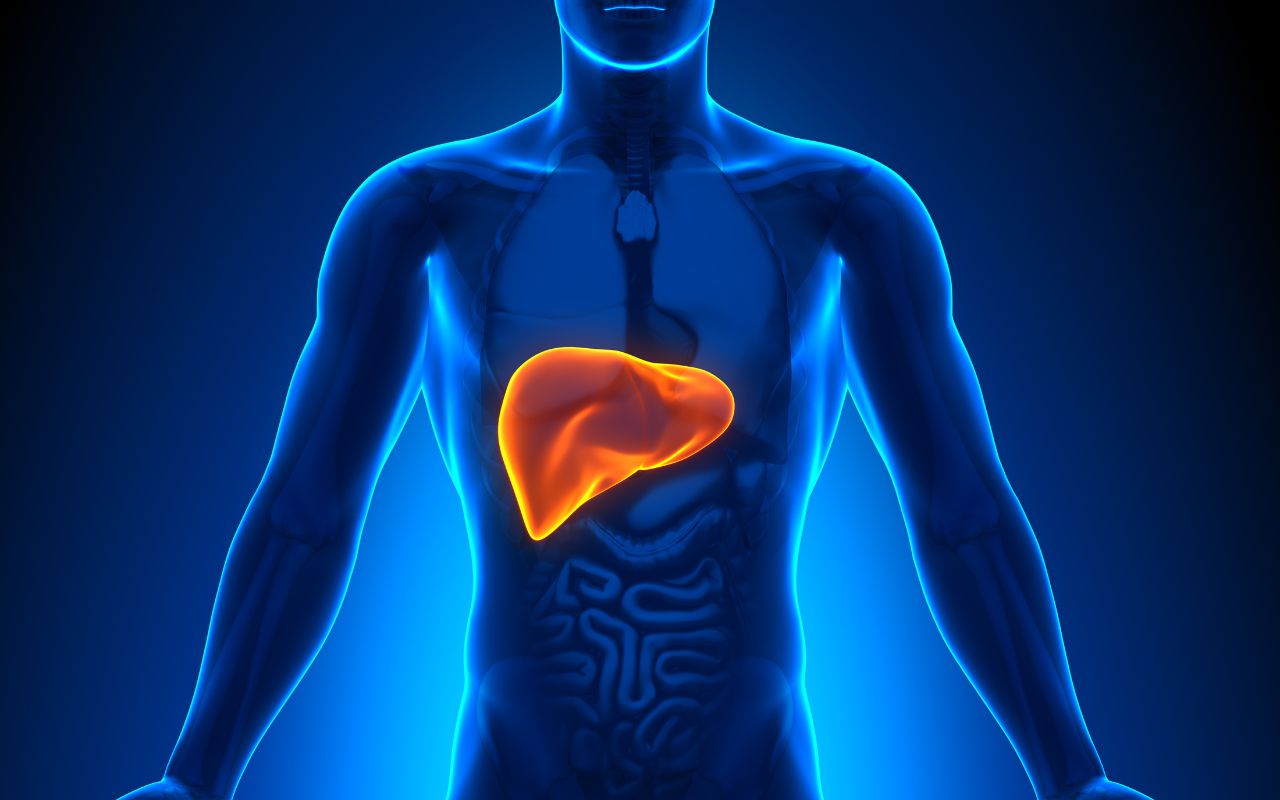
Balancing your liver meridian through yoga
How we can restore balance if the liver meridian is full or in excess. By Micaela Madeddu
The liver meridian is one of the yin meridians running through our body. An imbalance of such meridian can show as an excess or depletion, or we can also say that meridian is full or empty. Any of these extreme states are not good emotionally nor physically. A liver meridian in excess will manifest emotionally as extreme anger; we all have experienced those times when we overreact to things that normally would not affect us in the least. A clear example is the rather common irritability of us women during that particular period of the month, which is not a surprise as the liver meridian is closely related to blood and menstrual cycle. From a physical point of view a liver meridian in excess will manifest as period pain, visual issues, muscles twitching and stiff movements. To stimulate the meridian, we follow its superficial Musculo-skeletal path that in this case goes from the big toe along the inside of the foot, up the inner thigh all the way to the groin then along the abdomen to the bottom of the ribcage.
How can we restore balance if the meridian is full or in excess?
A passive practice to disperse some of the excess energy is what it is needed if the meridian is full. Try one or both of the following poses, hold each one for 10 to 20 breaths using the exhale to relax deeper into them without forcing or fighting to get there.

- Supta Baddha Konasana (reclined butterfly pose)
To set up the legs, so that you are releasing the liver meridian, start seated on the floor with both legs extended in front of you, then bend one and line up your foot with the inside of the other knee, as shown in the picture; then as the bent leg is now in the correct position join in with the other. Let gravity do the work for you and focus on your breath. When you are done, release the pose and ‘listen’. What do you feel, how do you feel?
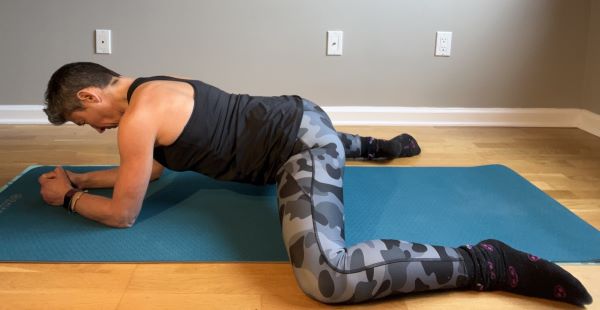
- Adho Mukha Mandukasana (downward facing frog)
To set up the pose come up on your elbows and knees, you might want to put a towel or something softer under the knees in case the pressure makes it uncomfortable. Then, keeping your shin bones parallel, start to widen the legs until you feel a gentle stretch on the inner thighs. Keep the knees in line with hips. Again, let gravity do the work; do not force the pose and if you need to release it before the 10-20 breaths do so at any time. When you are done release the pose and ‘listen’. What do you feel, how do you feel?
Now, what happens if the liver meridian is empty or depleted? From an emotional point of view, we will experience depression, a general lack of willpower and decision making. From a physical point of view, we will experience soft and flaky nails, irregular periods and muscles tiredness. What can we do to bring back balance?
An active and energising practice is what you are looking for. We suggest two main poses:

- Gomukhasana (cow face pose)
Start seated, bring the right foot towards the left hip, then cross the left leg over. Instead of holding the pose, try actively switching from one side to the other on each exhale; try to switch 6-10 times then rest for a couple of breaths and repeat 3-5 times. When you are done, do not rush, stop and listen. What do you feel, how do you feel?
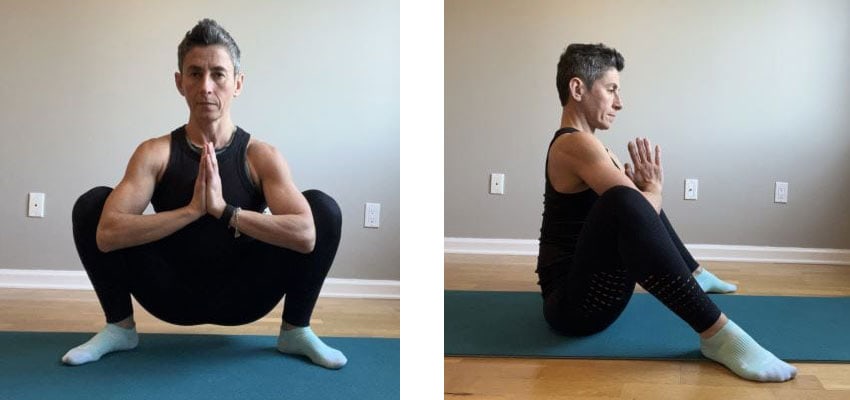
- Malasana (garland pose)
Drop down into a wide squat; seat on blocks or the floor (as shown in the picture) if you find it is a bit too hard to begin with; hold the pose and, while squeezing your legs in against your arms, feel the inner thighs tensing, take three to five breaths. Release the pose and then repeat 3-5 times. When you are done, do not rush, stop and listen. What do you feel, how do you feel?
Have a great practice. Namaste.


